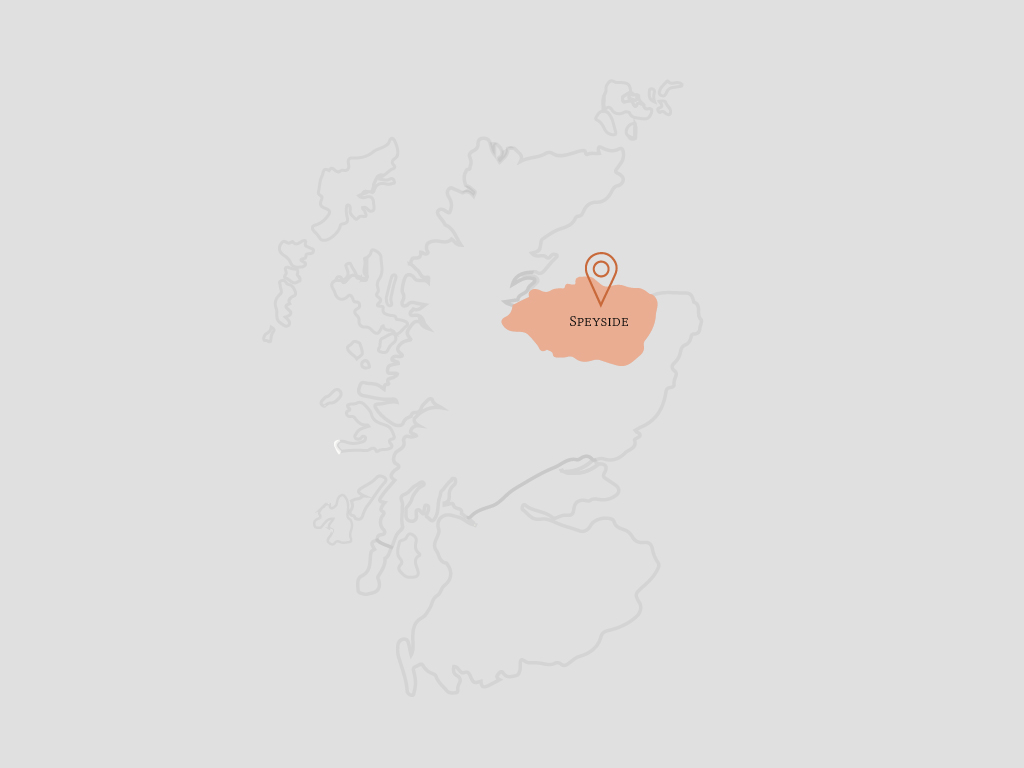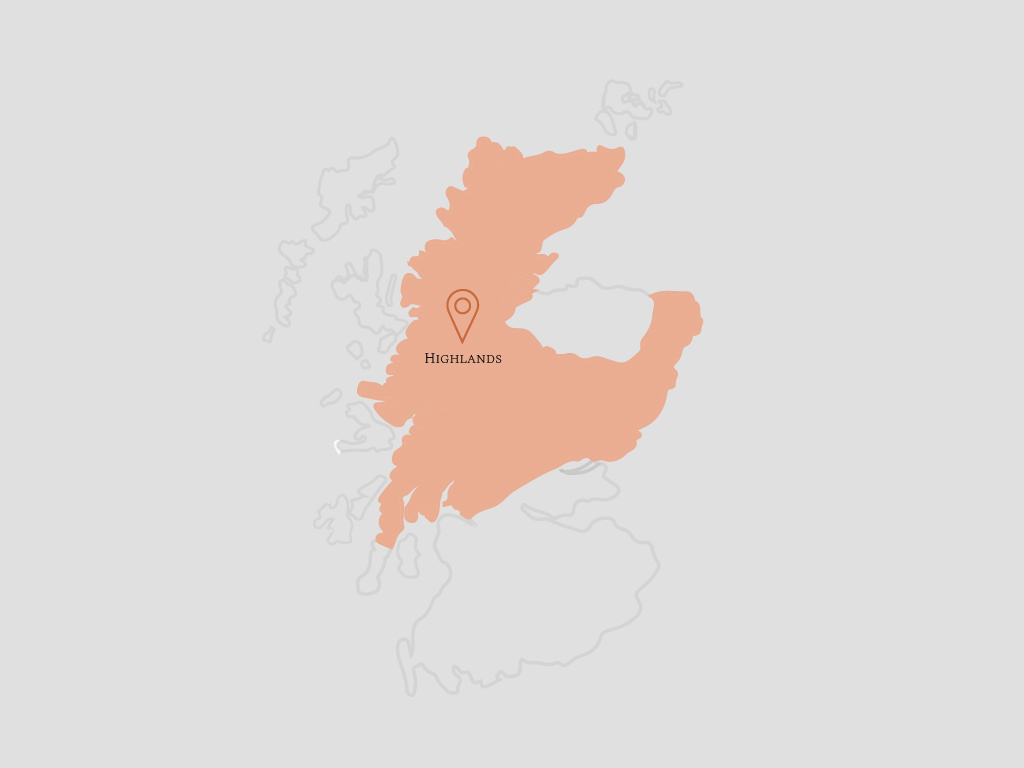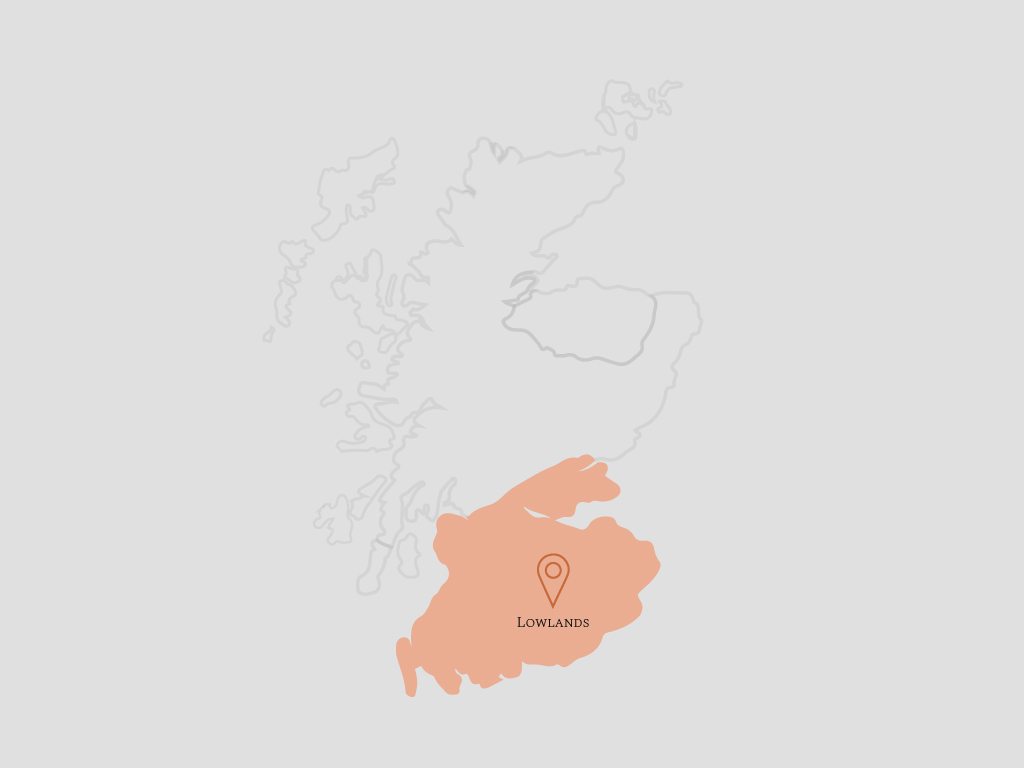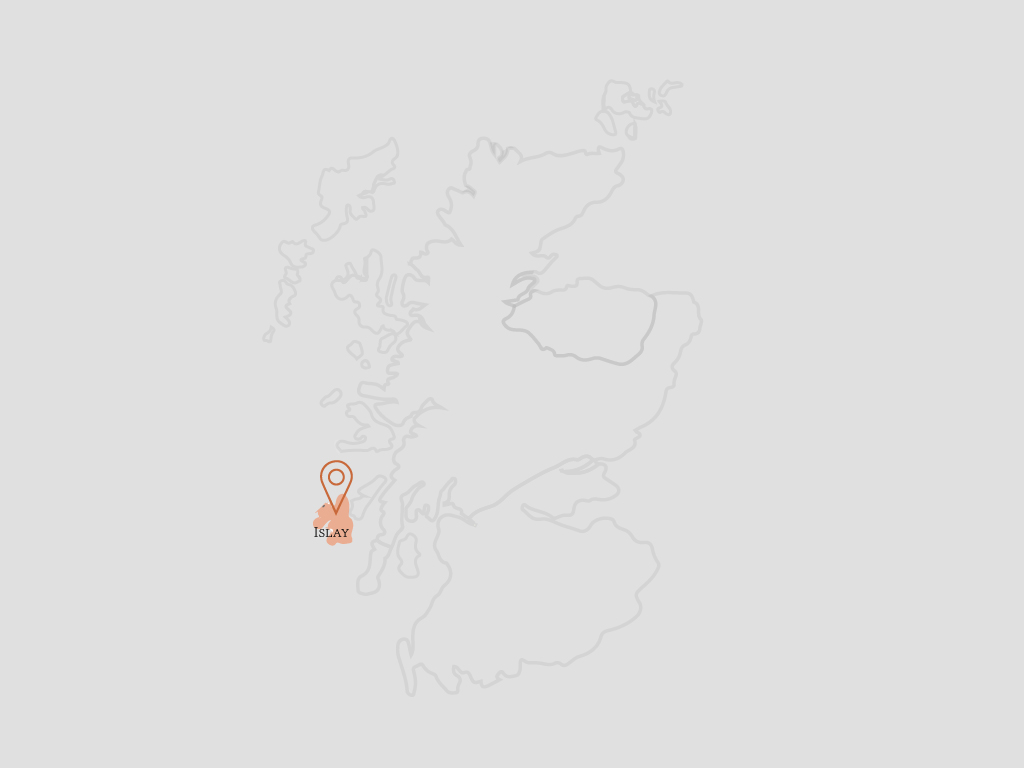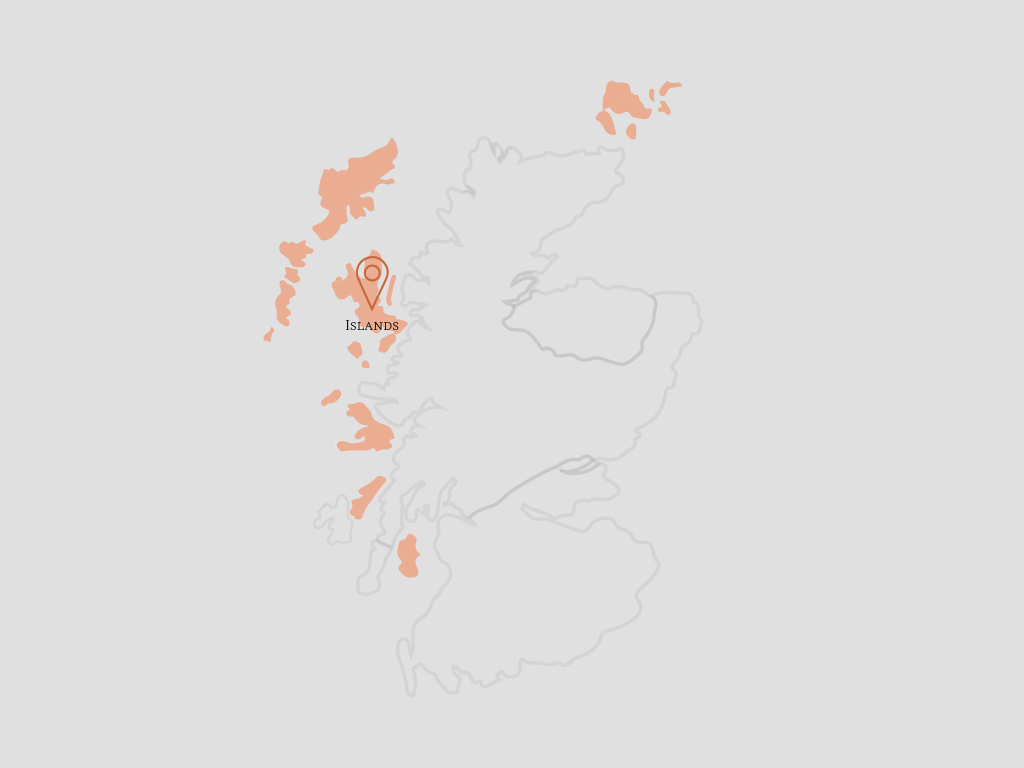A Single Malt Scotch Whisky is a whisky that is the product of a single distillery which has been matured for a minimum period of three years in oak casks, however most single malts are matured for much longer. Many people assume that a single malt whisky comes from a single batch or barrel of whisky, but that’s not true. The reason whiskies from many barrels are mixed is to provide consistency of flavour, matching a distillery’s “house style.”
Single cask whiskies, as the name suggests, come from a single cask. This results in a more distinct and less-consistent flavour than what you’d normally expect from the distiller. The casks used in the distilling process for scotch are wooden barrels that were previously used to age other spirits (typically bourbon or sherry, but sometimes port or rum). While the mixing of whiskies in single malt production is meant to diminish the distinctions of an individual cask, single cask bottles are intended to take on the cask’s unique flavour.
Cask strength whiskies are distilled in the same manner as single cask whiskies. But, unlike single cask whiskies – and, indeed, every other type of whisky on this list – they’re not diluted with water after being drained from the cask. This results in a much stronger flavour, as well as a higher alcohol content. While you’d expect a single malt or single cask whisky to be between 40% and 50% ABV (by law, a scotch whisky is a 40% ABV minimum), a cask strength bottle might be as much as 60% or 70% ABV.
| Cask Type |
Wood |
Volume |
Origin |
Typical flavours |
Get tasting |
BOURBON
Common Cask Name: Barrel or Hogshead |
American White Oak |
Barrel – 180-200 litres
Hogshead – 225-250 litres |
USA |
Coconut, Vanilla, Honey, Caramel, Oak, Leather, Nutmeg, Almond, Butterscotch |
Balblair 1997, Glenmorangie Original, Tullibardine The Murray, Tobermory 10 year old, Auchentoshan American Oak |
WINE
Common Cask Name: Barrel or Barrique |
Typically French oak |
Barrel – 180-200 litres
Barrique – 250-300 litres |
Local to each wine region, e.g. Bordeaux, France |
Varies according to wine.
Sauternes casks has notes of fresh bread, tart au citron, and crème caramel.
Bordeaux casks gives red berry, cherry, and plum. |
White wine – Arran Sauternes Cask, Glenmorangie Nectar D’Or, Glenmorangie 1981 Vintage
Red wine – PGlenfiddich Age of Discovery 19 year old, Glen Garioch 1998 15 year old
|
PORT
Common Cask Name: Pipe or Barrique |
Usually French oak |
Pipe – 550-600 litres
Barrique – 200-220 litres |
Portugal |
Berry fruits, red currant, sultana |
Glenmorangie Quinta Ruban, Laphroaig Brodir, Balvenie PortWood 21 year old, Talisker Port Ruighe |
SHERRY
Common Cask Name: Butt or Puncheon |
Types: Pedro Ximénez, Oloroso, Amontillado, Fino, Manzanilla, etc
Wood: European or American oak
|
475-600 litres |
Jerez, Spain |
Dates, walnut, sultana |
Balvenie Double Wood, Lagavulin Distillers Edition, Glenmorangie Lasantha GlenDronach 12 |
MADEIRA
Common Cask Name: Drum |
Portuguese oak |
600-650 litres |
Portugal |
Sweet fruits, figs, spice |
Laphroaig Carideans 2016, Glenmorangie Bacalta |
RUM
Common Cask Name: Puncheon |
American oak |
400-450 litres |
Caribbean |
Molasses, vanilla, tropical fruits |
Balvenie Caribbean Cask, Ardbeg Drum (peated) |
BEER
Common Cask Name: Barrel |
American oak |
200 litres |
Usually a local brewery |
Sweetness, malt, creamy |
Glenfiddich IPA Experiment |
Please download the PDF document to see the Cask Types
DOWNLOAD
There are more than 100 single malt distilleries operating in Scotland.
Explore
